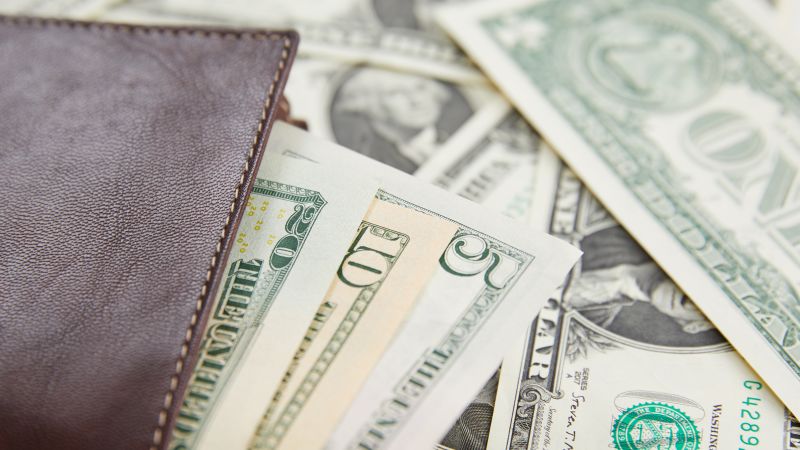Americans aren’t the only ones feeling the pinch of higher interest rates. The US government is shelling out way more money to cover interest payments on the national debt these days.
Net interest costs soared to $659 billion in fiscal year 2023, which ended September 30, according to the Treasury Department. That’s up $184 billion, or 39%, from the previous year and is nearly double what it was in fiscal year 2020.
The meteoric rise in interest payments – which stems from both the increase in the nation’s debt and the Federal Reserve’s repeated rate hikes – makes it more difficult for lawmakers on either side of the aisle to achieve their fiscal priorities on Capitol Hill.
Republicans want to cut spending, while Democrats want to increase funding for safety net programs and other initiatives. Congress, which has yet to agree to a spending plan for fiscal year 2024, is punting the tough decisions into next year by temporarily extending funding for a second time.
“This all makes it harder and harder to pay for just the government we have, much less the government we want,” said Andrew Lautz, senior policy analyst at the Bipartisan Policy Center.
Interest payments now ranks fourth in spending, behind Social Security, Medicare and defense, according to Marc Goldwein, senior policy director for the Committee for a Responsible Federal Budget. The government spent more on net interest than on Medicaid, veterans programs and all spending on children in the last fiscal year. And if rates remain high, as expected, interest payments could overtake defense within a few years.
This means more federal tax revenue is going toward interest payments. The obligation ate up about 30 cents of every tax dollar in the first three quarters of fiscal 2023, compared with less than 22 cents over the same period in the two prior fiscal years, said Jerry Dwyer, an economics professor emeritus at Clemson University.
One reason why payments will soar further is that the majority of the nation’s debt was issued when the average interest rates on shorter-term Treasury securities was much lower – less than 3% in many cases, Goldwein said. That debt is now rolling over into Treasuries that are paying roughly between 4.5% and 5.5%.
“It’s only going to get worse from here, at least for a while,” he said.
Rising rates on Treasuries helped propel the average interest rate on the debt to 2.97% for fiscal year 2023, up from 2.07% the year before and 1.61% in fiscal year 2021, Dwyer said.
The spike in payments was evident in October, the first month of fiscal year 2024, though experts caution against drawing too many conclusions from a single month. The government paid $76 billion last month, up 77% from the $43 billion tab in October 2022.
The Congressional Budget Office’s long-term projections provide a glimpse into how much larger net interest payments could grow. They are expected to hit $1.4 trillion by fiscal year 2033 and $5.4 trillion by fiscal year 2053, according to an agency report issued in July.
As a share of the economy, the payments will jump from 1.9% of GDP in fiscal year 2022 to a record 3.2% by 2030 and to 6.7% by 2053.
“It makes it more and more imperative that lawmakers actually make structural changes to the budget in the years ahead because this problem is at risk of spiraling,” Lautz said.
Read the full article here



